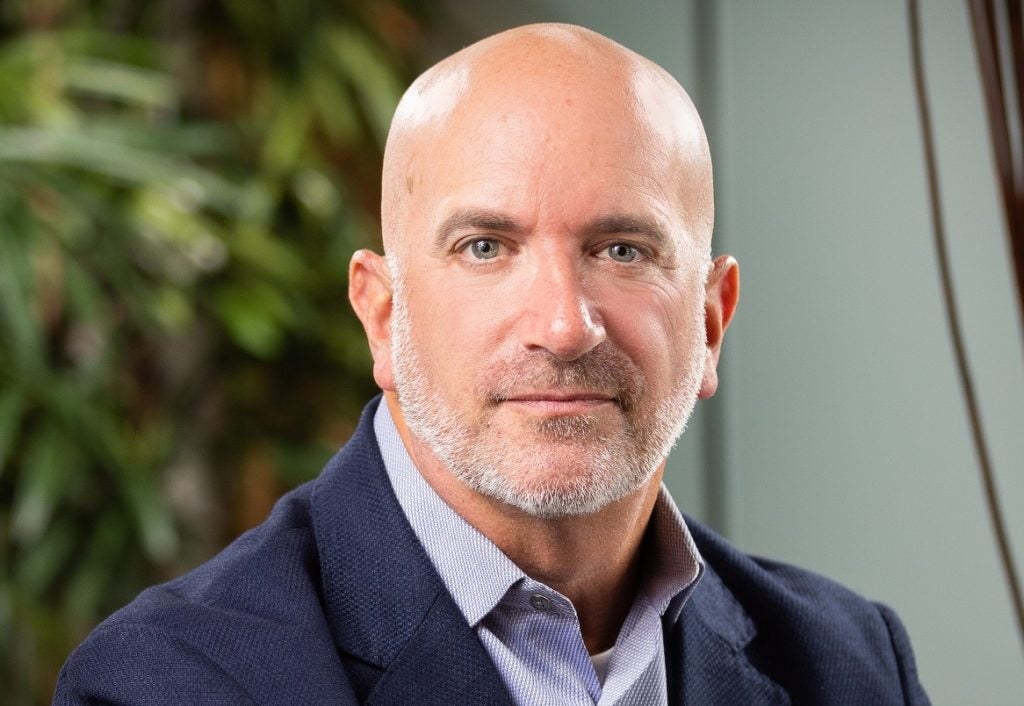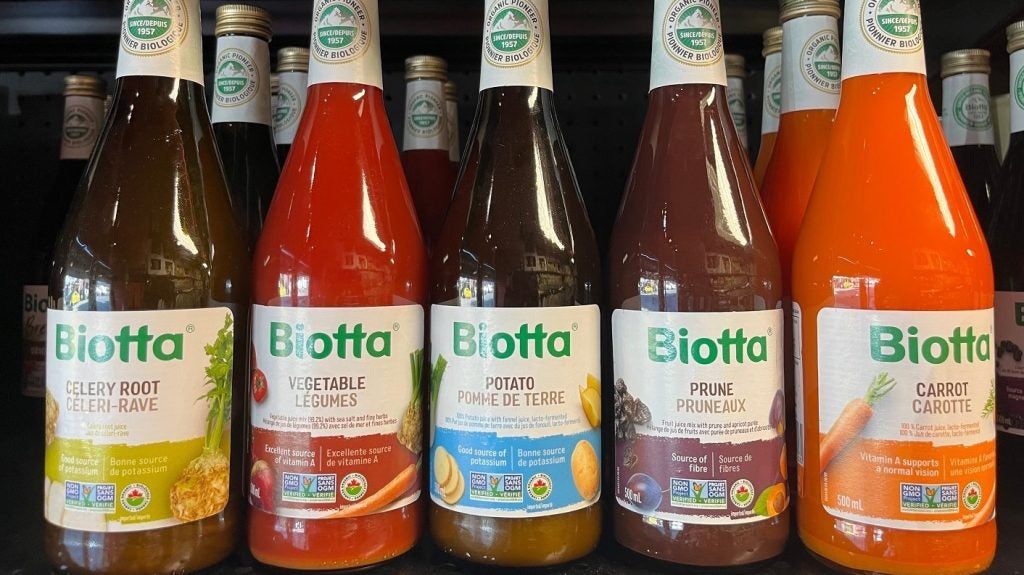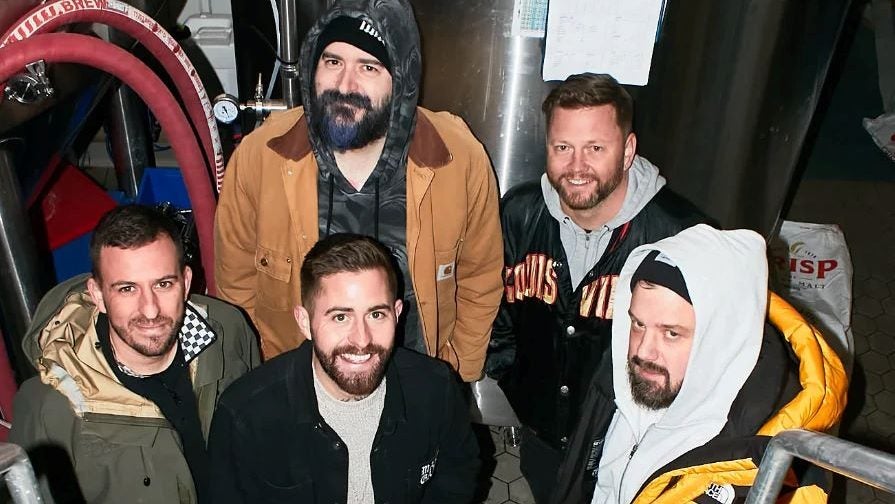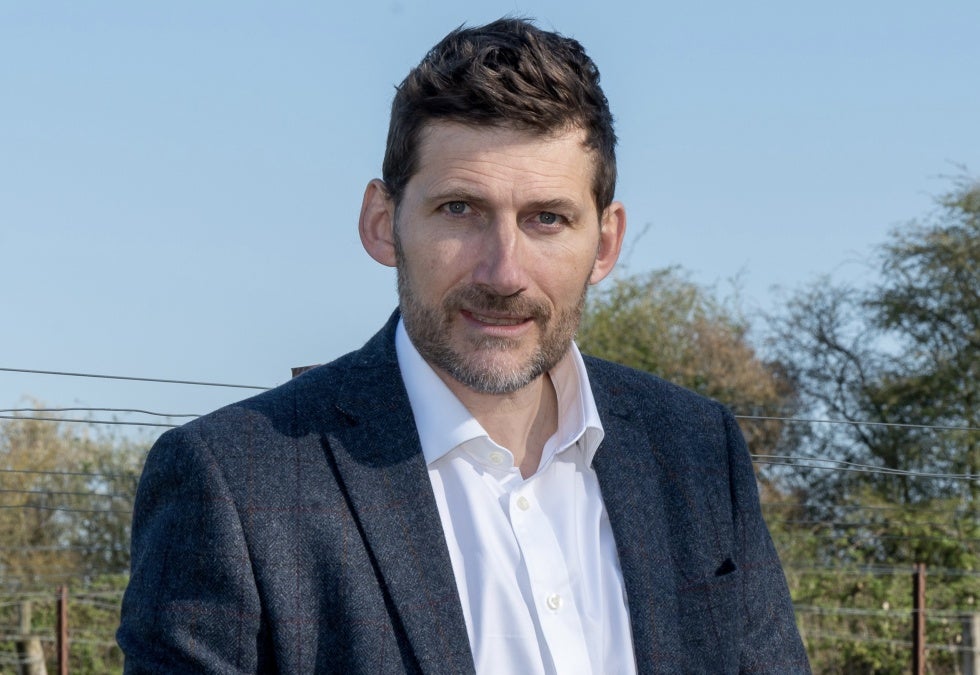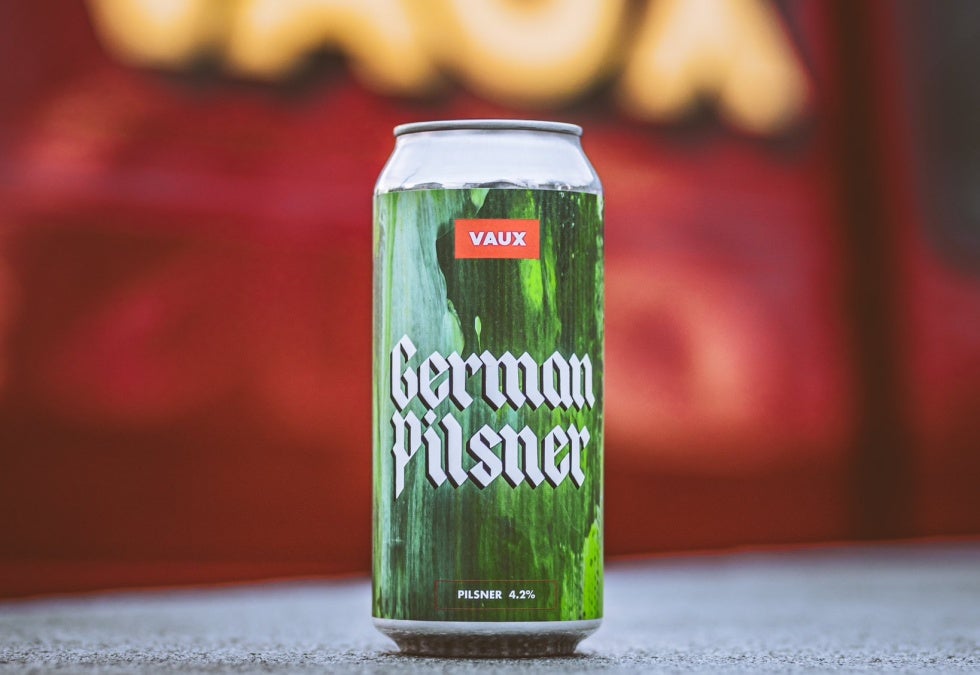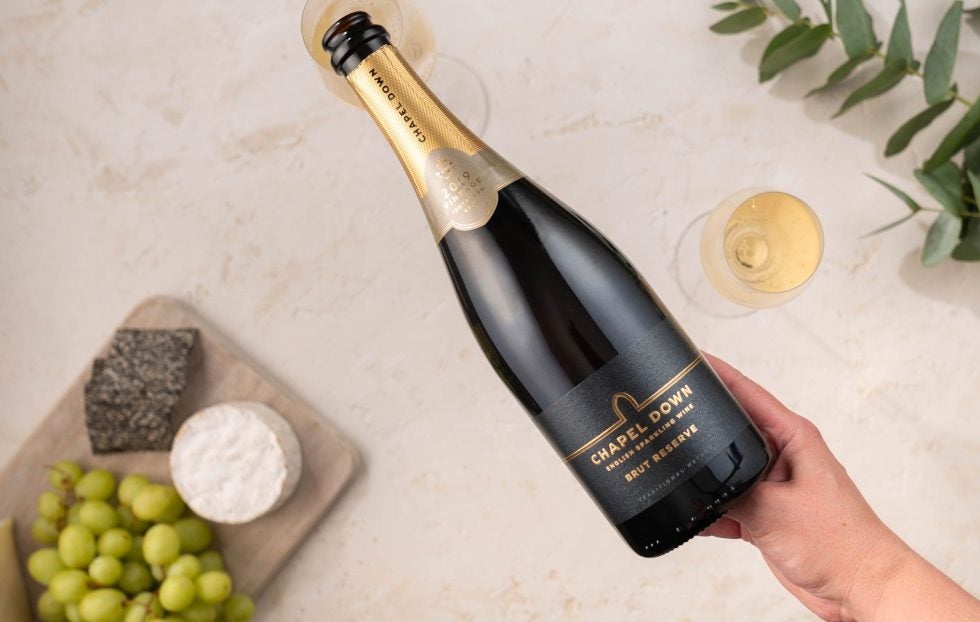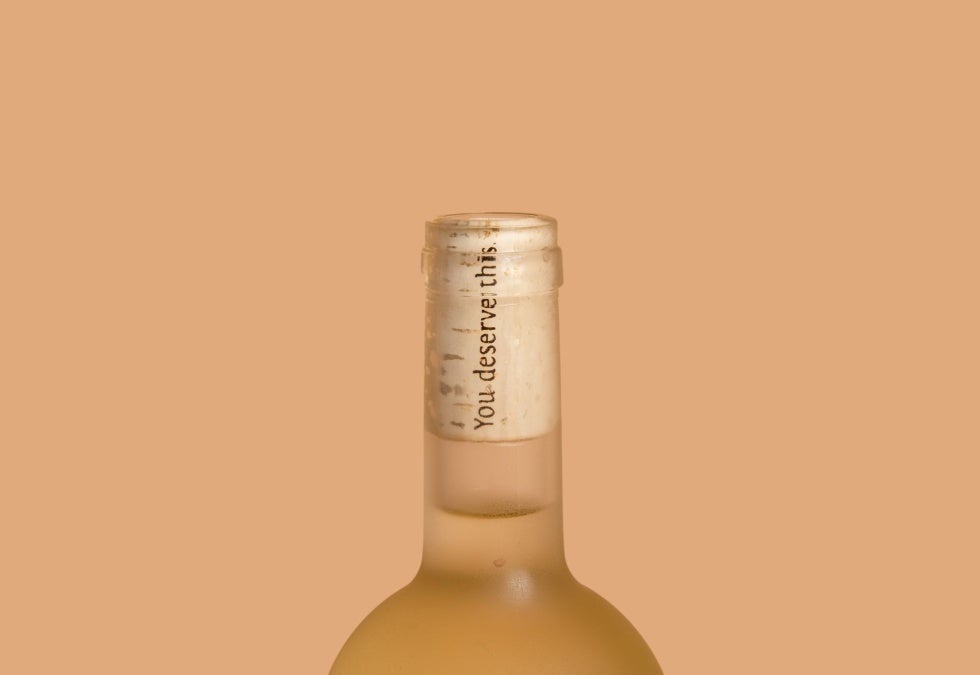Brian Rosen is chairman of Growth Beverage, a US holding company that invests in and supports small- and medium-sized beverage-alcohol businesses.
Rosen’s oldest business – BevStrat – is a sales and marketing consultancy. Algoma Capital, Growth Beverage’s lending arm, provides distillers with support for working capital. A third element of Growth Beverage is Sprout Beverage, a start-up accelerator. The fourth pillar is InvestBev, a private-equity firm with investments that include recent deals to back rum brand Ten to One and RTD supplier Thomas Ashbourne Craft Spirits.
Just Drinks sat down with Rosen to discuss InvestBev’s investment thesis and the challenges he sees facing up-and-coming brands.
Just Drinks: What is InvestBev’s overall investment strategy? What attributes must brands have for you to invest in them?
Brian Rosen: The liquor business is filled with dreamers and stargazers [but] oftentimes, it’s very hard to be on both sides of the brain. It’s hard to be the creator of a brand and be a business mind – to understand you’ve got to have inventory control and financial safeguards in place. Those are not always the same person.
I want passionate founders on my team. I want people who know their numbers. I want someone who is in a trend, or at the start of a trend, not trying to create a trend. That becomes a higher opportunity for failure. We want someone who understands the dynamic of the scaled measurement of growth. People that reach out to us and say ‘I want to be in 40 states with Southern Glazer’s’ – that’s not realistic and nor can you afford to support it as well.
A realistic sense of what the liquor business is here in the US and elsewhere. Those traits are what I look for in an entrepreneur. People shop visually first with their eyes, right? So good packaging. If there’s a celebrity behind it, great, [but] I’m not a fan of that type of thing because it’s about the juice at the end of the day. You have to have a great product and the celebrity has got to be active in the game. Some of our recent investments have active celebrities. They’re not just lending their name.
So, when I look at a brand, know your numbers, be smart leadership, have a realistic look at the market and have great juice that’s on trend.
Just Drinks: Thomas Ashbourne is already present in around 2,000 stores in the US. Must a business have that kind of retail presence for you to be interested?
Rosen: No. It helps, right? You need a sample size to know if the public is going to buy off on it. Thomas Ashbourne allows us to make mistakes and not kill a brand, whereas if you’re in one state and 100 stores, one tweak is an issue. You don’t have to be Thomas Ashbourne’s size but size is not relevant to me as much as you’ve got to have cash flow, you’ve got to have the cash on hand to grow. You don’t even need to be in 14 states. You can be in three states. That's interesting to me because it means I can get in at a better valuation.
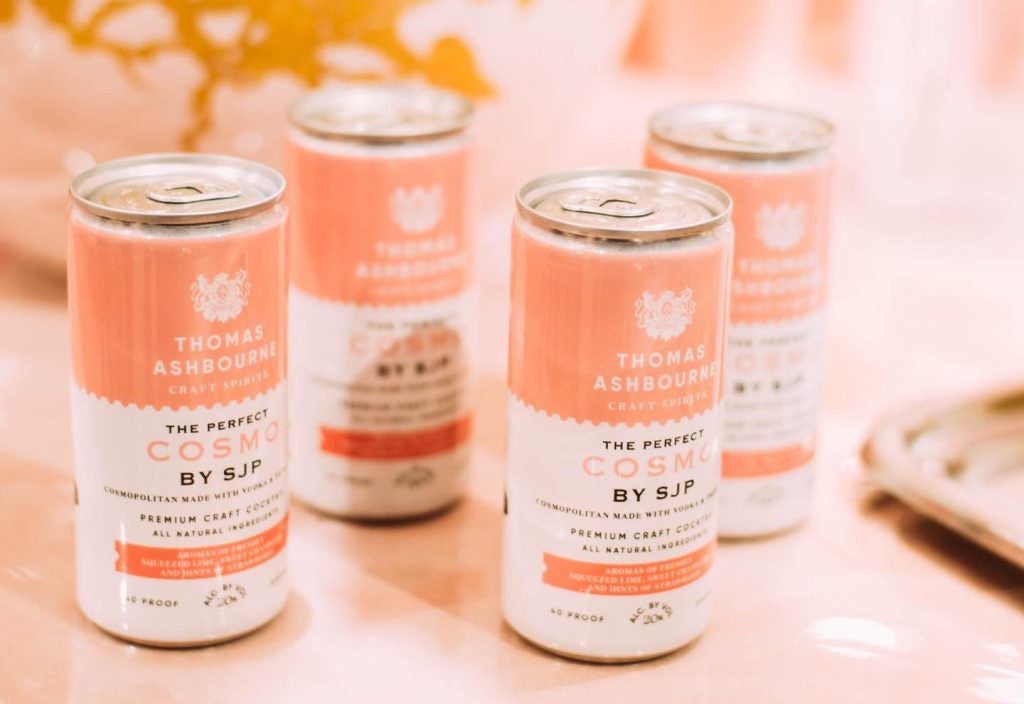
Just Drinks: Does a company have to have a certain level of net sales?
Rosen: You’ve got to be in this $1-5m range. You got to have market size. You've got to have the customer's buy-in. You got to have a social media presence. You have to be a strong founder. And so, again, revenue is important, not critical. Number of doors is important but not critical. We’re really betting on the entrepreneur and the person who makes the brand and their ability to work with our leadership team and their ability to take criticism or take advice.
Just Drinks: Does a business have to be profitable?
Rosen: No. Very few of the adult beverage businesses are profitable. Three years ago, you invested money in a brand and [said] it’s got to grow top-line revenue. Number of cases sold, number of doors opened and revenue. Profitability was not an issue. What’s happening now is you have to be able to run a business. All these founders, they over hire on labour, they over hire on leadership, and they’ve sold 100 cases and they think they need a director of sales nationally. You’ve got to be able to run a business to be in the beverage industry today. You can’t just say ‘I’m going to get 10,000 cases and hope Diageo comes calling.’
Just Drinks: Have investors become more discerning?
Rosen: Oh, yes, because we can. Right now, today, I’m sitting on $10m of cash and I’ve got another $150m. I’m in the catbird seat. I have the ability to pick and choose what I want to invest in. I have the ability to get the deal I want to get. Now, I don’t abuse the founders with that because that’s not right but for years we were in the ‘taking it on the chin’ place, too, where a fast-growing brand has the pick of equity firms.
There’s only about ten private-equity firms that focus solely on adult beverage. We are the biggest of them, so we are in a good position to find really good deals, really good founders and really good brands with really good brand stories. I like this moment in time. It also gives us the ability to invest thoughtfully. Before, you had to act quickly because someone else was going to fund [the deal] instead of you.
Everything we do from the day we get involved is with an eye towards exit
Just Drinks: When might you look to exit? What size would the business be? What inroads have they made in their category?
Rosen: I always have an exit partner in mind before I invest. We know who we think we’re going to sell to you before we put $1 in. The other thing to note is that the bigs – Diageo, Constellation, Stoli group, Heineken USA, AB InBev – they make it very public what they need in their portfolio. They do it on investor calls. You’d have to be a fool not to work towards that.
Everything we do from the day we get involved is with an eye towards exit. It’s really about how did the business look when we got in, how does the business look today and what is that delta? If you can clearly articulate that to the head of M&A at Pernod Ricard, then that’s where the secret sauce is.
Just Drinks: Are there gaps in the InvestBev portfolio you’re looking to fill?
Rosen: We just did a big, seven-figure, rum investment. We did a seven-figure Thomas Ashbourne investment. We love brown spirits. I really like gin. In the US, it’s been the next thing coming for ten years and it hasn’t quite caught on here yet. I'd like to see gin catch on here. The person who came runner-up in Sprout is Wheyward Spirit. They make their product from whey. I think that’s going to be very hot and the people who are going to buy brands from me are going to need to have a sustainability element to the investment. The one thing I won’t really touch unless the circumstances are extenuating would be vodka. You can make vodka in your bathtub in ten days. Whiskey takes years. There’s a craftsmanship to it. When something is odourless and flavourless, how do you make it different?
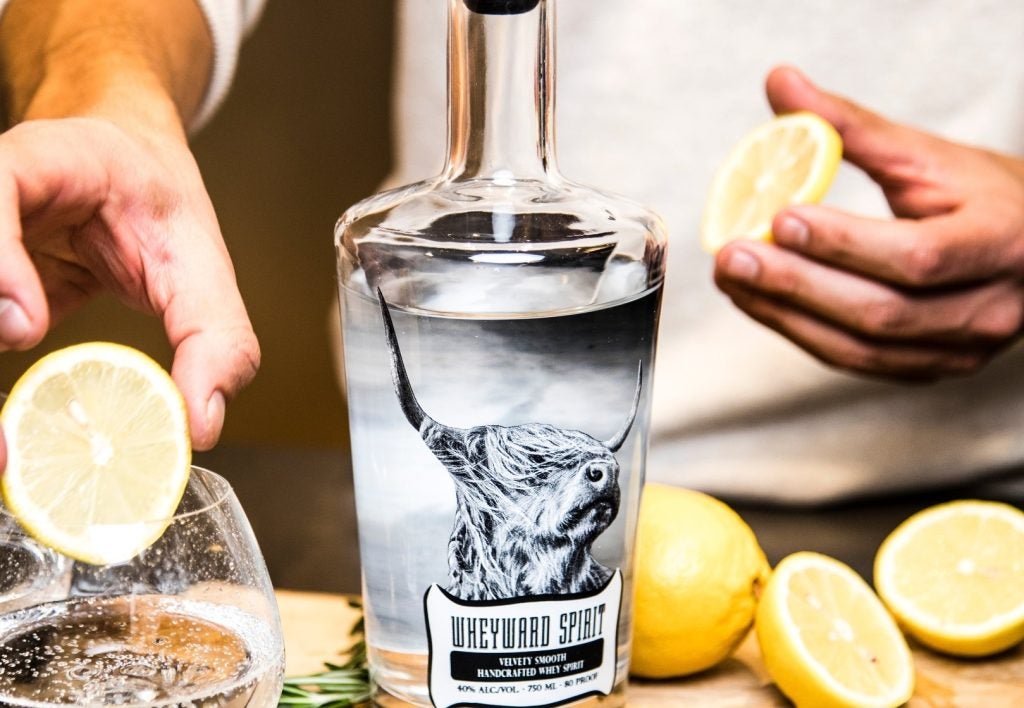
Just Drinks: How do you view the low- and no-alcohol market?
Rosen: We’re looking at two investments in no and low. One would be to buy a [contract] brewery. We also have in diligence a non-alc beer. One thing to think about is that, while the category is growing huge, if you sold ten cases last year and you sold 20 cases this year, that’s 100% improvement. People put that on their calling card and say ‘This category is growing 100%.’ Great. Mazel tov. That’s wonderful. The reality is that it’s still only 20 cases and the whole category in and of itself, no and lo and non-alc is less than 1% of the overall consumption.
You cannot make an investment based on a fad or trend, especially now when you have to really run a business. You can’t just invest in it and then hope someone else invests behind you. You have to have a running business. That’s why no and low is so slow because you can’t invest in a trend. It’s got to be a sustainable business.
I don’t know if the spirits segment has figured it out yet. [Non-alc] beer is more mainstream. Spirits may not work in the on-premise because a bar that has a limited area is not going to carry a full assortment of alcoholic stuff and then a full assortment of non-alc stuff. There’s just not a lot of room.
I like the beer category in non-alc right now more than the spirit category of non-alc.
And then what do you say as a consumer? ‘I’ll have a gin and tonic with non-alc’ and the next guy says ‘I’ll have a gin and tonic with Tanqueray.’ It’s too hard on-premise for spirits. Whereas, in beer, it’s easy to say ‘I’ll have a non-alc IPA’ or a non-alc stout. That’s easier to conceptualise. I like the beer category in non-alc right now more than the spirit category of non-alc.
There’s no question that the trend is here. That’s not being debated. What’s being debated is how quickly the consumer adapts and what consumers adapt and who and why and how often? There’s a lot more education that has to happen, a lot more creation of sessionable activity. I’m not going to drink three non-alc beers because you’re drinking three Guinness. It makes no sense. What is the frequency of consumption? That’s what makes investing in it a little bit challenging but I like the category and I like the movement for sure.
Just Drinks: To what extent is there room for challenger brands to grab market share in alcohol?
Rosen: There’s still room but to get share of wallet is costly. For every dollar I invest in a brand, I’ve got to invest five more in marketing. The consumer doesn’t know you exist until you tell them. If you're a big brand with big distribution in the US, you’re very protective of your shelf or cooler space.
To get in there you have to not only play offense – meaning marketing to the consumer – but you have to play defence, meaning telling Miller Lite that your beer is better. Then you have to convince the retailer that you deserve to be in the cold box. That’s high margin, right?
So, is there an opportunity for little brands to kick the ass of the big brand? 100%. But it’s a real capital-intensive move. You really have to be able to run a cash-flowing business for the next 18 months. The guys that are underfunded are going to die. Companies like us will pick up their remnants for scraps.
2024 is going to be a survival year for challenger brands
Big brands are going to maintain and little brands are going to have a struggle. You just want to be cognisant of where you fit in the ecosystem.
2024 is going to be a survival year. Something that is telltale, if you remember [2022], the whole fourth quarter was full of M&A activity. You don’t have to be Kreskin the Great to see this, the big prognosticator. There’s no M&A activity happening. People are holding on to their ankles and they’re saying I need to make it through another 12 months. Then the activity will pick up again fourth quarter of [2024].
What’s going to be left is going to be the strong. You can’t raise capital right now. Retailers are fearful. Here in the US at least all the home mortgages and things that were put out during Covid are going to adjust. There’s going to be a glut of inventory, which is going to slow down the timber market, the new home market, the mortgage market and then it’s going to slow down consumer spending. This is not Brian [saying] ‘the sky is falling’: every major financial metric is happening all at once. That’s my fear for the industry, that the small guys want to hang on – the guys I champion every day – make it one more year and the market is going to clear up again. Right now, it’s kind of hope for the best.
Just Drinks: So, we should expect pressure on consumer spending to hit the premium ends of categories.
Rosen: Yes but no one’s going to experiment. The retailers can’t take a chance on the consumer not coming in for it. If the retailer doesn’t take a chance, that means the brand is not going to have as much output, which means they’re going to have to slow their production, which means the supplier side is going to use less raw material, less logistics, less delivery. It’s going to slow down from the bottom all the way up through the three-tier system here. That’s the concern across the board. You’ve got new brands coming to market, hundreds and hundreds and hundreds a month but the amount of drinkers in the US is not increasing at the same rate and the amount of experimenters is not increasing at that rate at all.
Just Drinks: Your investment strategy is centred on North America. Have you considered looking further afield?
Rosen: We’re less likely overseas but we’re not a no. We’re strategic capital. I can’t impact the market in the UK but I can impact the market here. I can call up 100 retailers, I can call up 20 distributors. I can move a brand through a market. I can’t do that in Europe. I don't have the same kind of street cred there yet. The further I get away from my epicentre called the US the harder it is for me to have the same value that I would have here. If I don’t have the value, I can't ask for the same deal terms.


